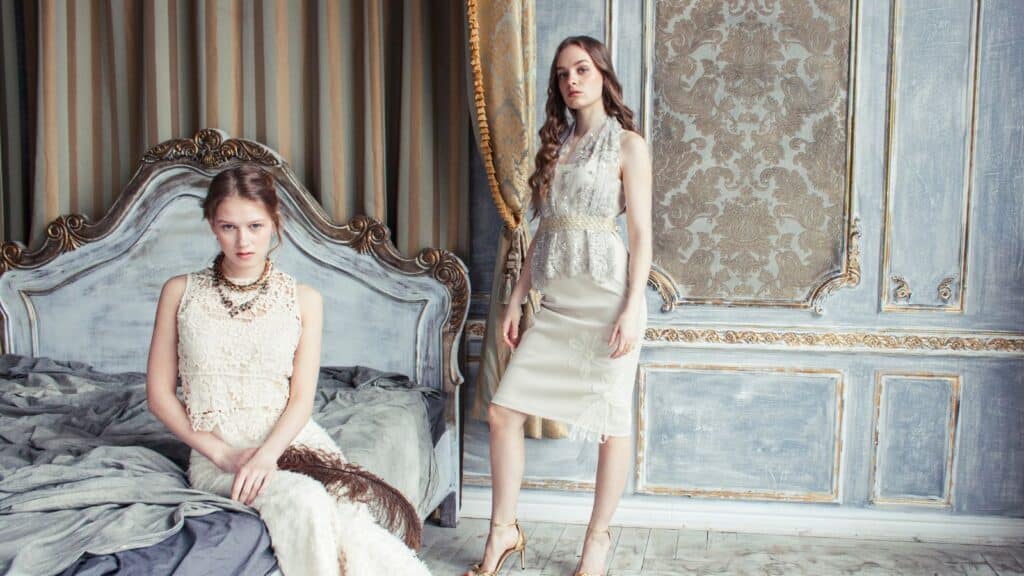There is something joyous about exploring old houses to see how people used to live before mod cons came along. Victorian homes are particularly intriguing as they contain intricate details that we no longer see in modern homes. We take a look at 21 features of Victorian homes that are now obsolete:
Calling Bells
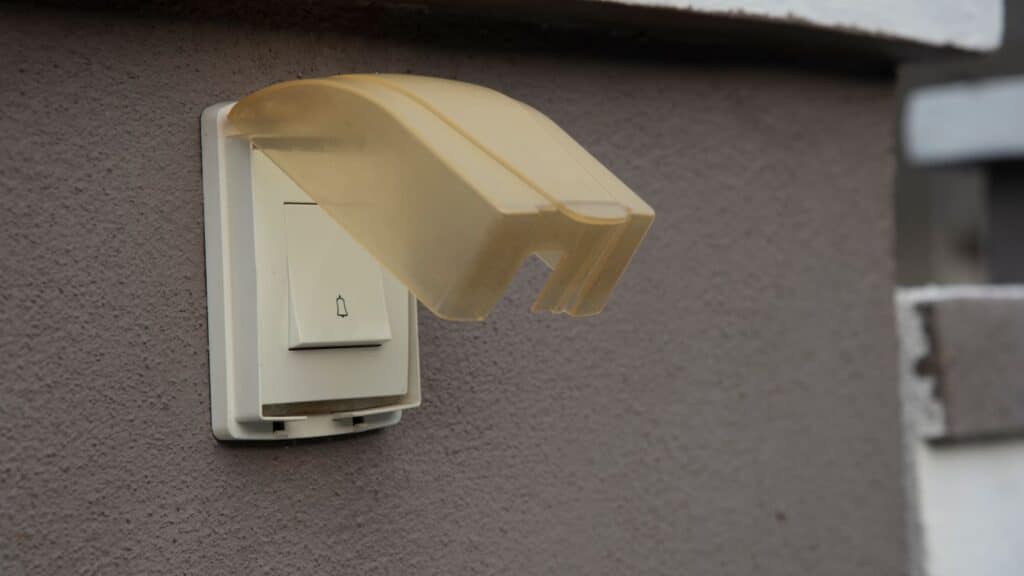
Before electric doorbells, Victorian homes relied on bells and pulls throughout the house to summon servants. Pulling a cord in a specific location would ring a bell to the relevant servant quarters.
Speaking Tubes

Another communication system used in Victorian homes was speaking tubes. These metal tubes ran from room to room, allowing occupants to have conversations without yelling or going from room to room.
Servant Stairs
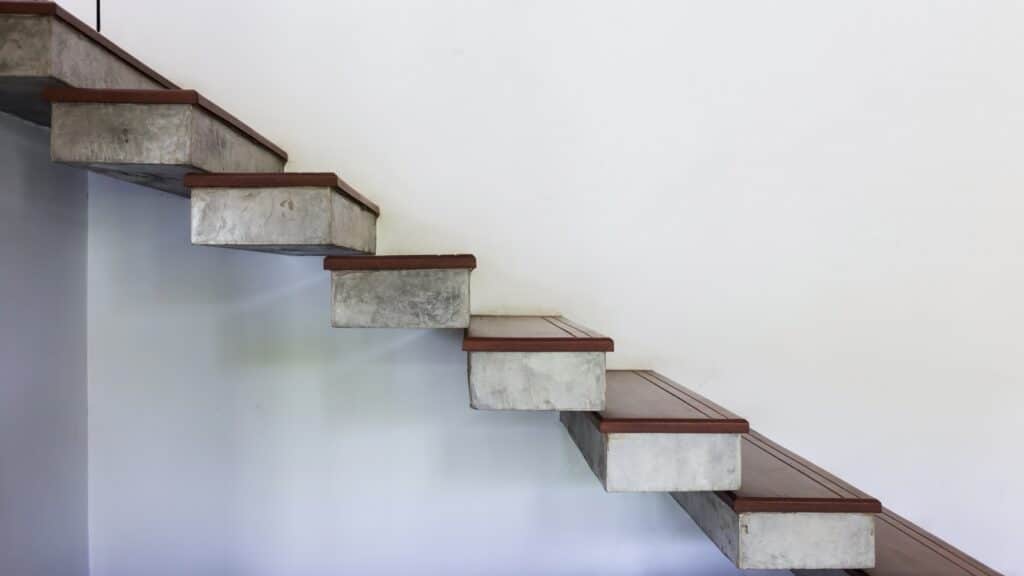
Larger Victorian homes typically had separate staircases for servants. This allowed the flow of household traffic to be separated, keeping servants out of the way of the family and their guests. This may sound excessive, but a family of eight could have up to 150 domestic servants.
High Ceilings
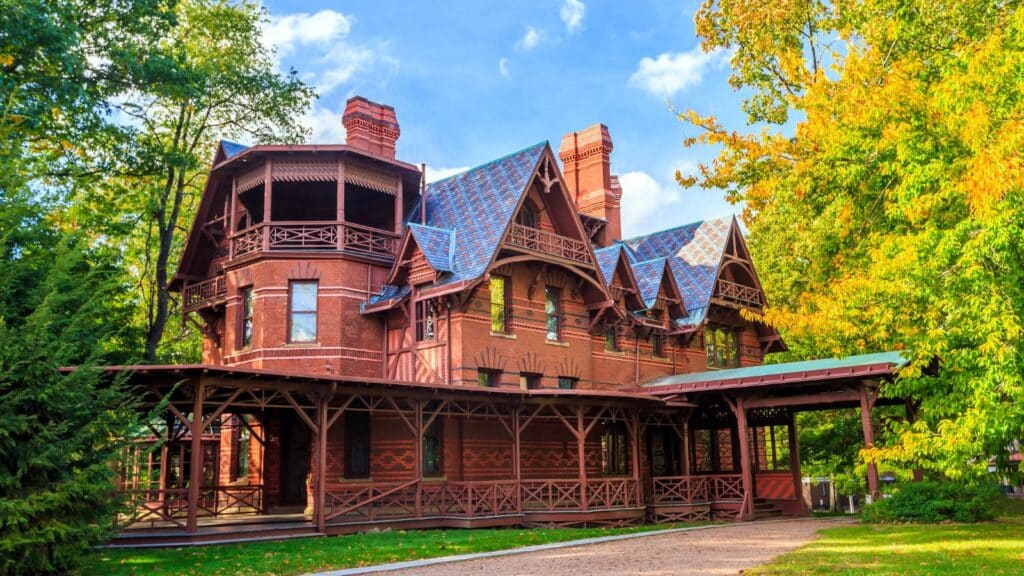
Victorian homes had high ceilings, so rooms could accommodate large furniture and look spacious. While high ceilings allow for good air circulation, they can be challenging to heat and cool, which is why modern homes have lower ceilings.
Pocket Doors

In Victorian times, maximizing space was important, so traditional hinged doors didn’t always have enough space to open fully. Pocket doors slid seamlessly into a dedicated cavity within the wall and were ideal for small rooms and hallways.
Butlers Pantry

A butler’s pantry was a small room between the kitchen and the dining room. It provided a space for the butler to prepare and store dishes, plate food, and serve meals without occupying space in the main kitchen or dining room.
Ice Boxes
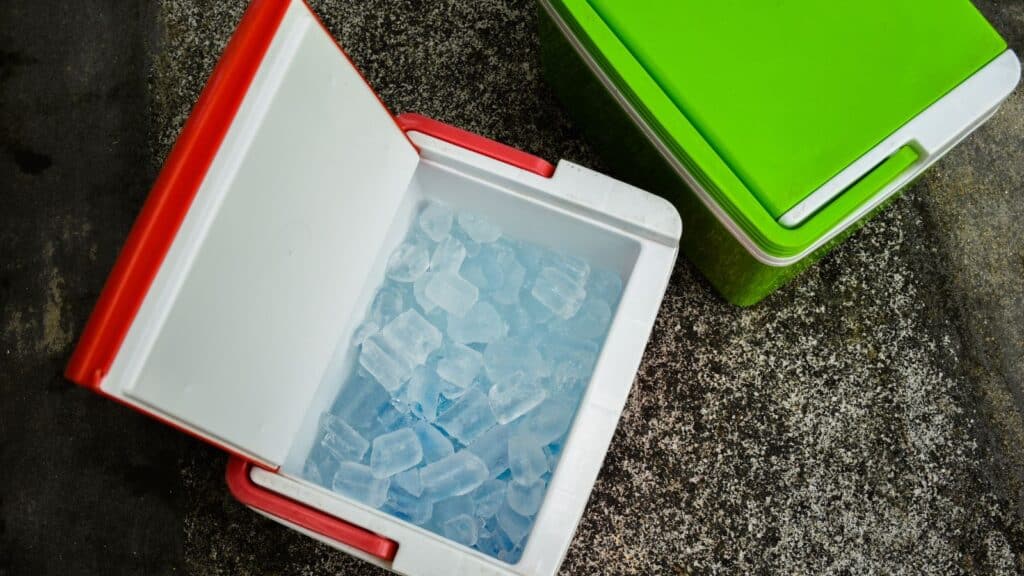
Before refrigerators, people used ice boxes to keep food cold. Ice would be delivered regularly and placed in a compartment at the top of the icebox to keep the contents cool.
Servant Call Buttons

Wealthy Victorians used servant call systems with buttons located in various rooms. Pressing a button would illuminate a corresponding light in the servants’ quarters to alert them that help was required.
Elaborate Wrought Iron Fences
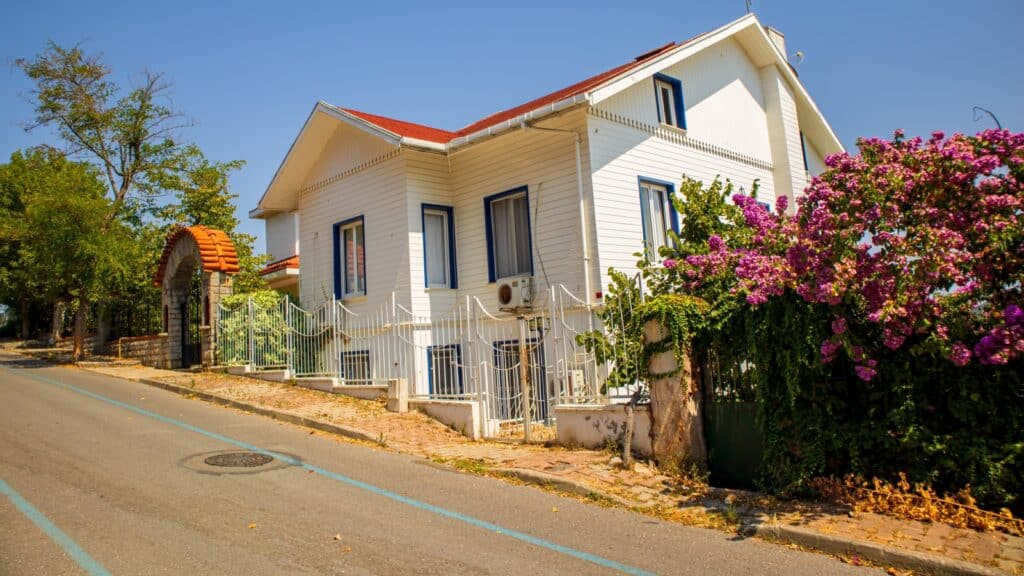
Curb appeal has always been important to homeowners, and the Victorians put a lot of thought into making the outside of their homes look good. Ornate wrought iron fences were a common feature, providing security and decoration.
Stained Glass Windows
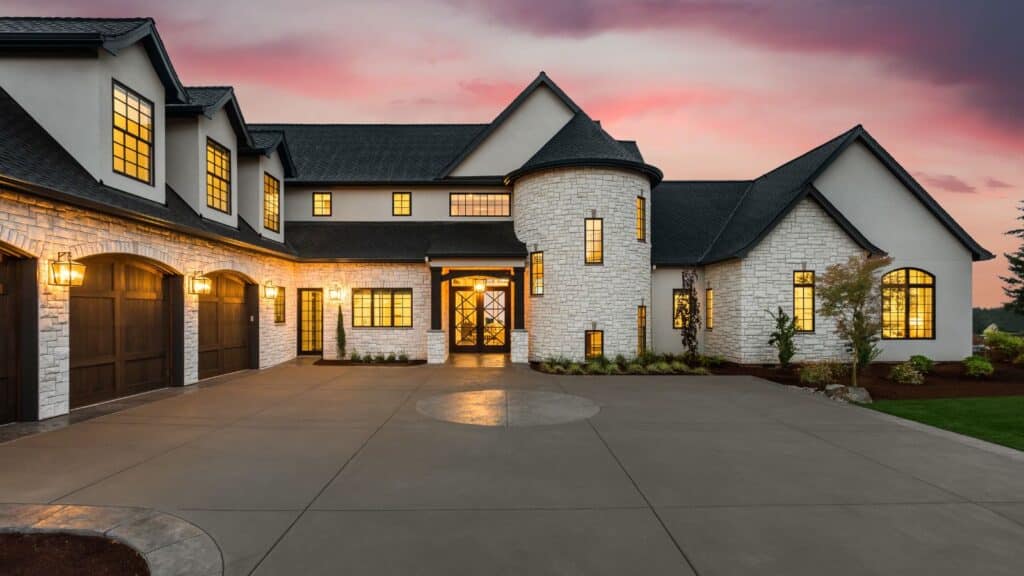
Another popular way to decorate Victorian homes was to install stained glass windows. The 19th century saw advancements in glass manufacturing techniques, allowing for the mass production of high-quality colored glass. Homeowners created intricate designs to impress guests and bring light into dark rooms.
Ornate Tiled Floors

Victorians loved to add ornate detail to their floors and windows. Floors were adorned with geometric patterns and floral motifs made with ceramic tiles. Lucky homeowners who have bought a Victorian renovation may be pleased to find hidden tiles underneath the carpet and modern flooring,
Fireplaces in Every Room
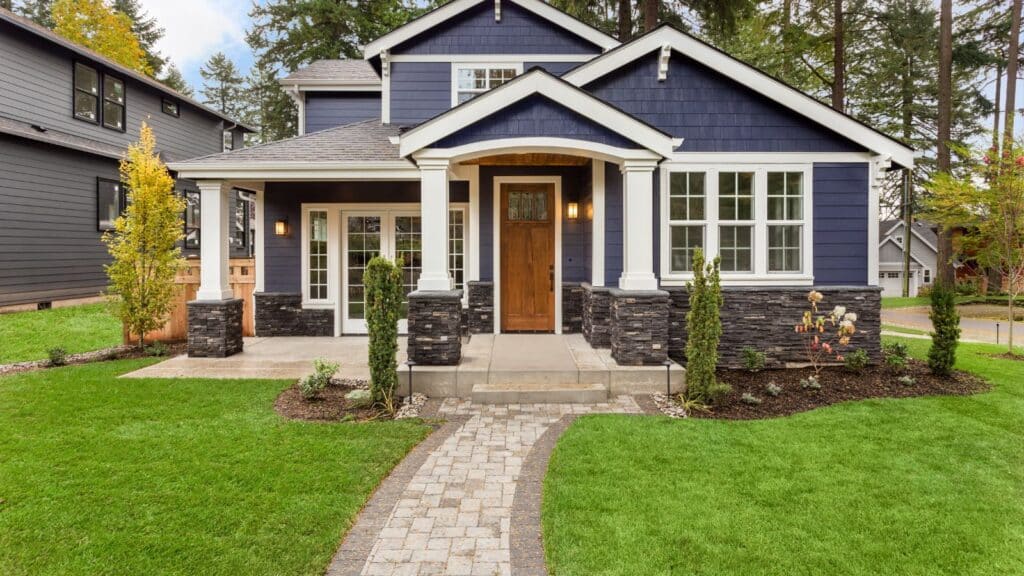
With no central heating and high ceilings, Victorian homes were cold in winter. It was usual to see fireplaces in every room, most of them with ornate ironwork and tiling.
Picture Rails
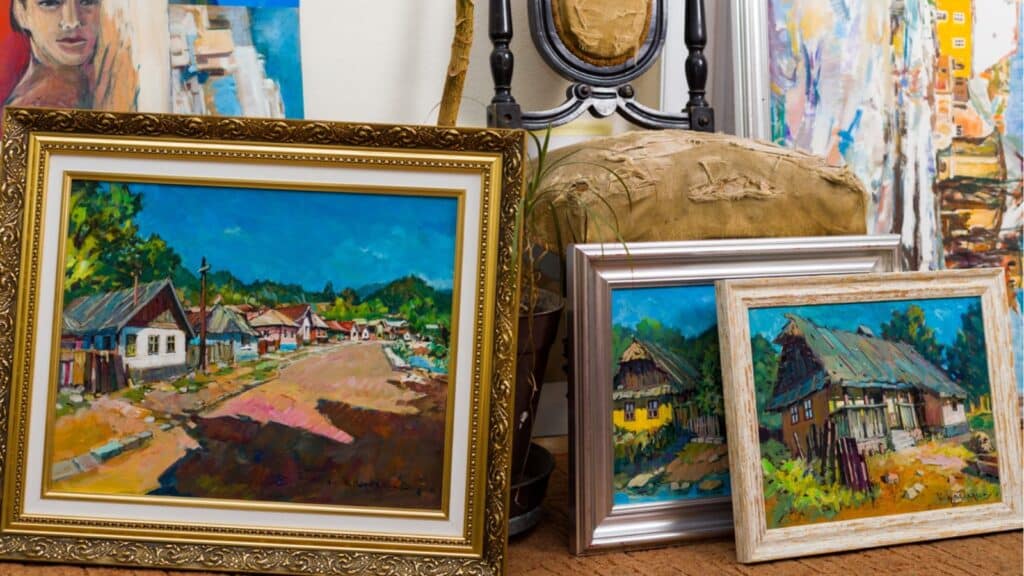
Picture rails were commonplace in Victorian homes so owners could display their artwork without ruining the plaster on walls. With strong adhesives and picture hooks, they are no longer needed.
Elaborate Trimwork
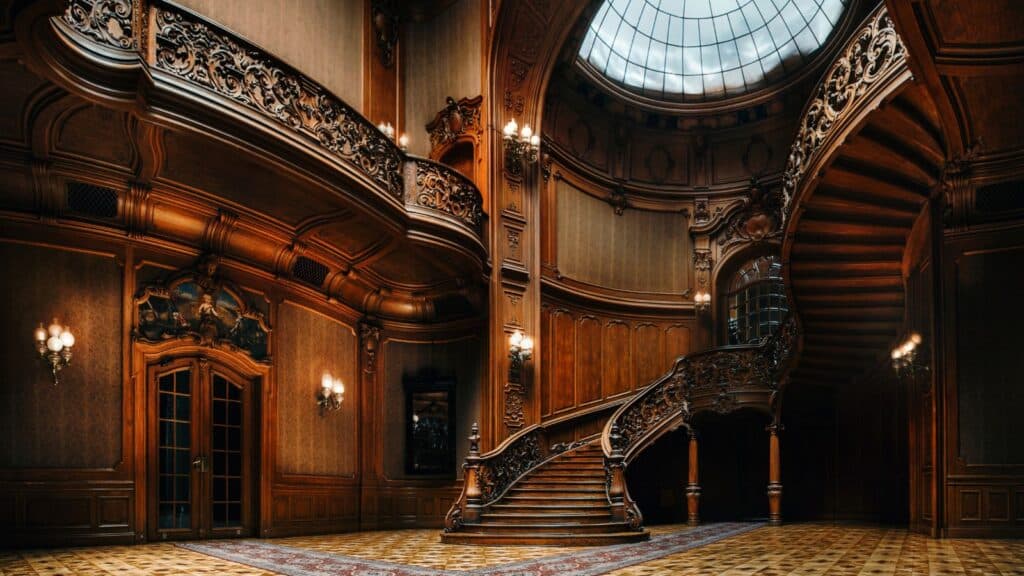
Victorian homes commonly used decorative details like fancy trim on eaves and porches, bargeboards (decorative boards along the roof’s edge), and corbels (brackets supporting overhangs).
Wall Paneling

Wood paneling on the lower part of the wall was commonly used to add definition to rooms. Although paneling on walls has not been around for many years, it is seeing a comeback in homes across America.
Boot Scrapers

Unpaved roads in Victorian times caused a muddy mess that homeowners did not want coming through their houses. The answer was a cast iron boot scraper, which people used to scrape their boots before entering a home. Thanks to paved roads, boot cleaners are no longer needed, but you may still get shouted at for treading mud into the hallway.
Cooling Shelves
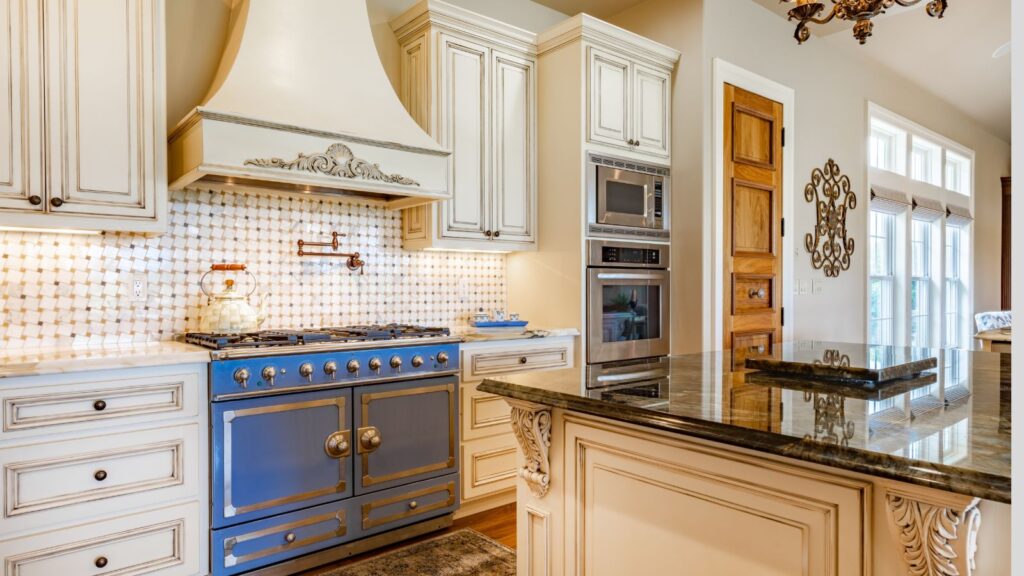
Before widespread refrigeration, cooling shelves were a part of everyday life in Victorian times. These shelves were placed in the coolest part of kitchens or pantries to use natural air circulation to keep food fresh.
Laundry Chute
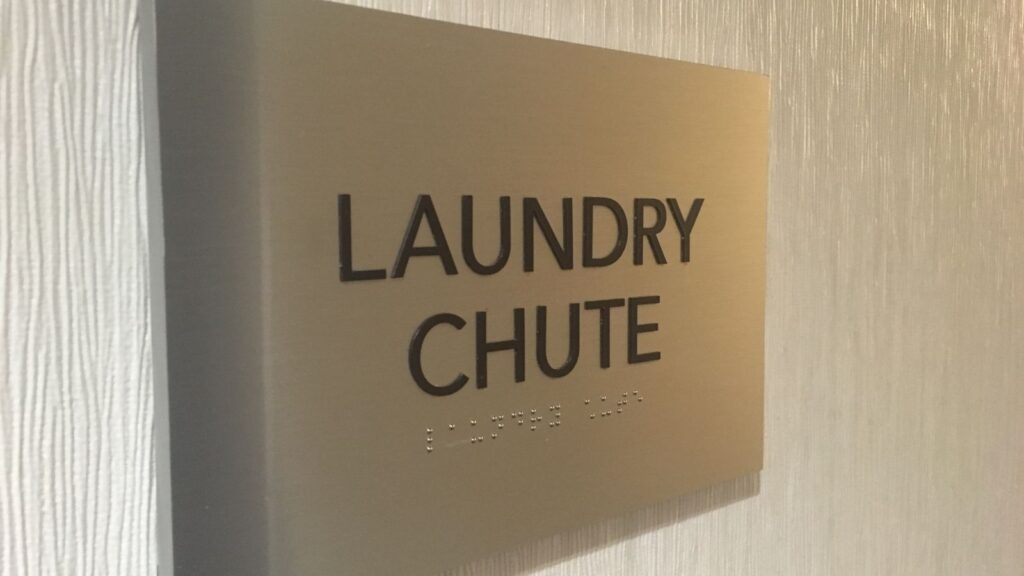
Laundry chutes offered a convenient way to move dirty clothes from upstairs bedrooms directly to the laundry room or basement. These chutes saved domestic servants from carrying dirty laundry baskets up and down stairs.
Sleeping Porches

Sleeping Porches were once a staple in homes as a way to escape from the summer heat. During hot and humid Victorian summers, sleeping porches offered an enclosed space with good ventilation without air conditioning.
Dumbwaiters
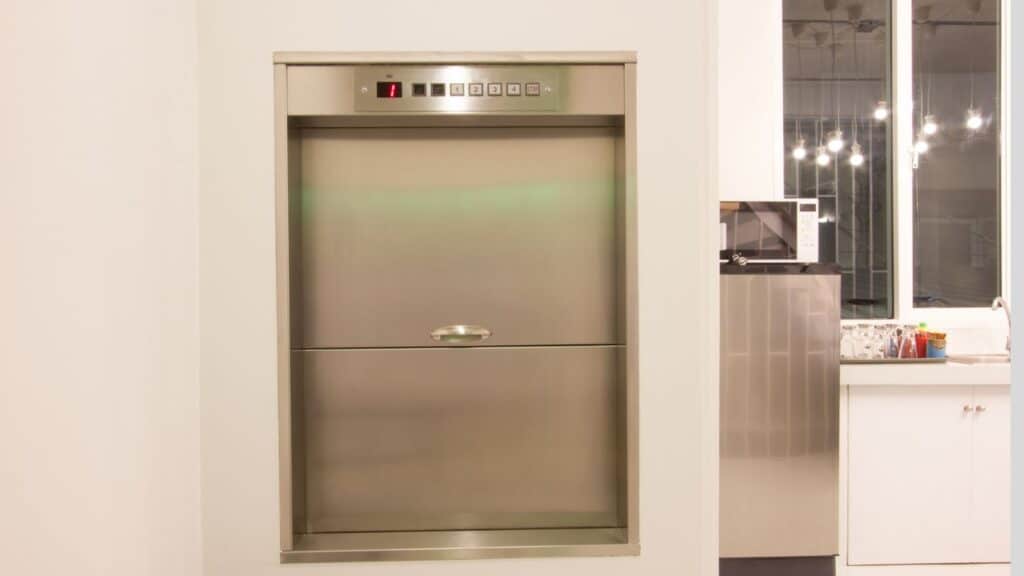
Dumbwaiters are small freight elevators designed to transport goods in larger homes with multiple stories. Servants used dumbwaiters to move laundry, firewood, or other household items.
19 Grim Realities of Dating After 50 That Are Often Overlooked
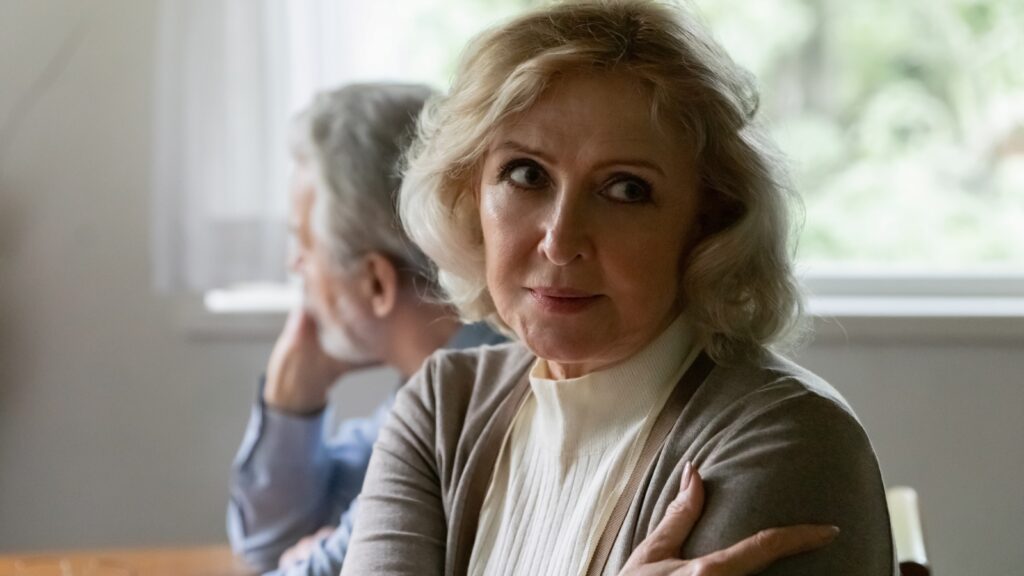
19 Grim Realities of Dating After 50 That Are Often Overlooked
26 Things That Will Be Extinct Because Millennials Refuse to Buy Them

26 Things That Will Be Extinct Because Millennials Refuse to Buy Them
24 Outdated Slang Terms You Absolutely Shouldn’t Be Using Anymore

24 Outdated Slang Terms You Absolutely Shouldn’t Be Using Anymore
25 Hardest Parts About Getting Older That No One Ever Talks About

25 Hardest Parts About Getting Older That No One Ever Talks About

